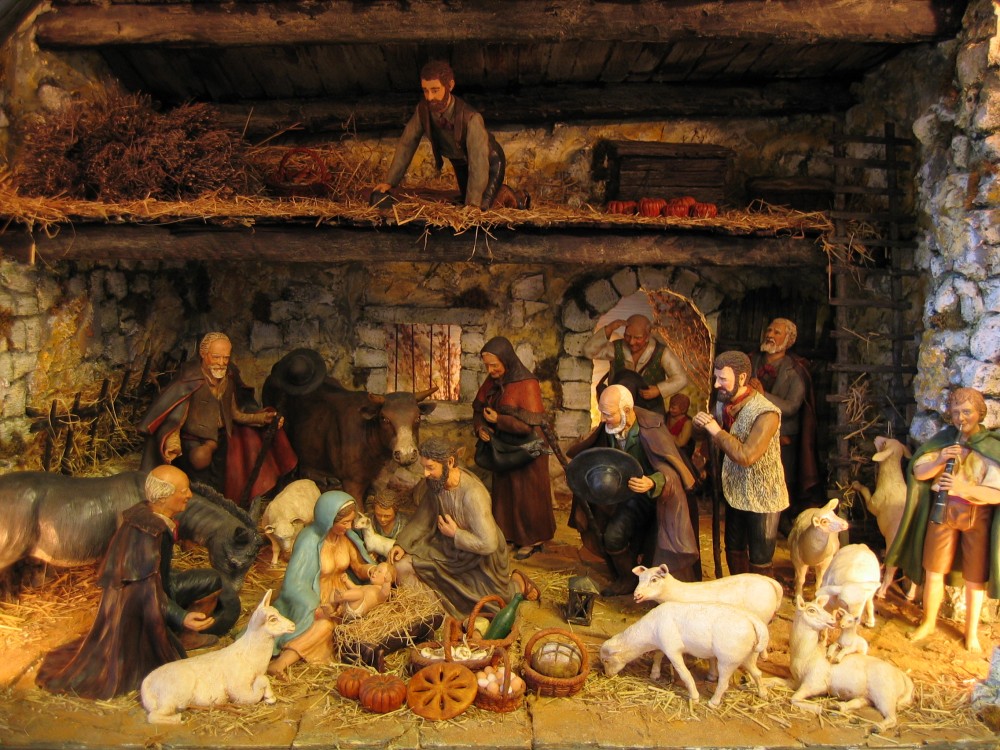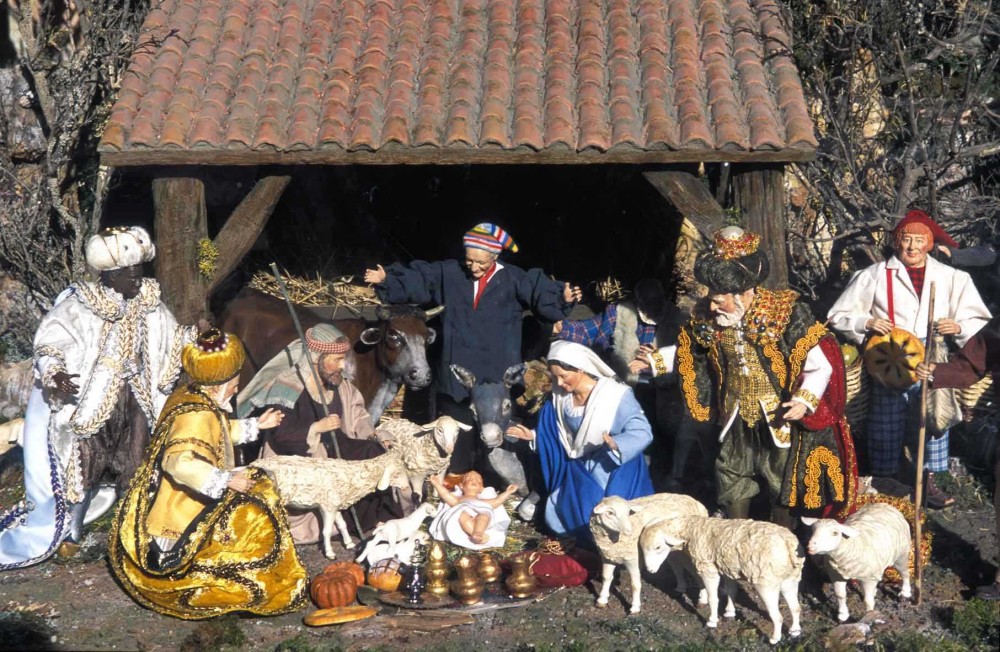From France Today:
In Provence the holiday season belongs to the colorful world of santons—santous or santoùos in Provençal, “little saints” to the rest of us. A wrinkle, the shining dot of an eye, a graceful pose, the tilting of a hat, a lace bonnet, a weary back stooped by toil and age, a smile of contentment, an ample fold in a garment—since these clay figurines are often no bigger than Hans Christian Andersen’s Thumbelina, you will not be surprised that 85% of the cost goes to labor, a far cry from the modern mass-production Christmas industry. The making of a santon is a labor of love.
Figurines have been part of the human experience since time immemorial, often as effigies of the gods. The santons of Provence stem from the first living Nativity scene, said to have been created in 1223 by St. Francis, in Greccio, near Assisi. When these evolved into Nativity crèches (manger scenes), they were made of painted and gilded wood and set up inside churches. In time they became luxury artifacts, adorned with Venetian glass and fine porcelain, acquired by wealthy families as status symbols. When wax came into use in the 17th and 18th centuries, likenesses of the high and mighty rivaled those of the Holy Family, flattering the vanity of their owners, not least Louis XIV who owned seven scale models of himself. The mechanized crèches that appeared in the late 18th century were altogether removed from the church and displayed in small theaters. The kicking feet of the infant Jesus delighted the crowds but were hardly conducive to spiritual meditation. (Read more.)
Share



















No comments:
Post a Comment